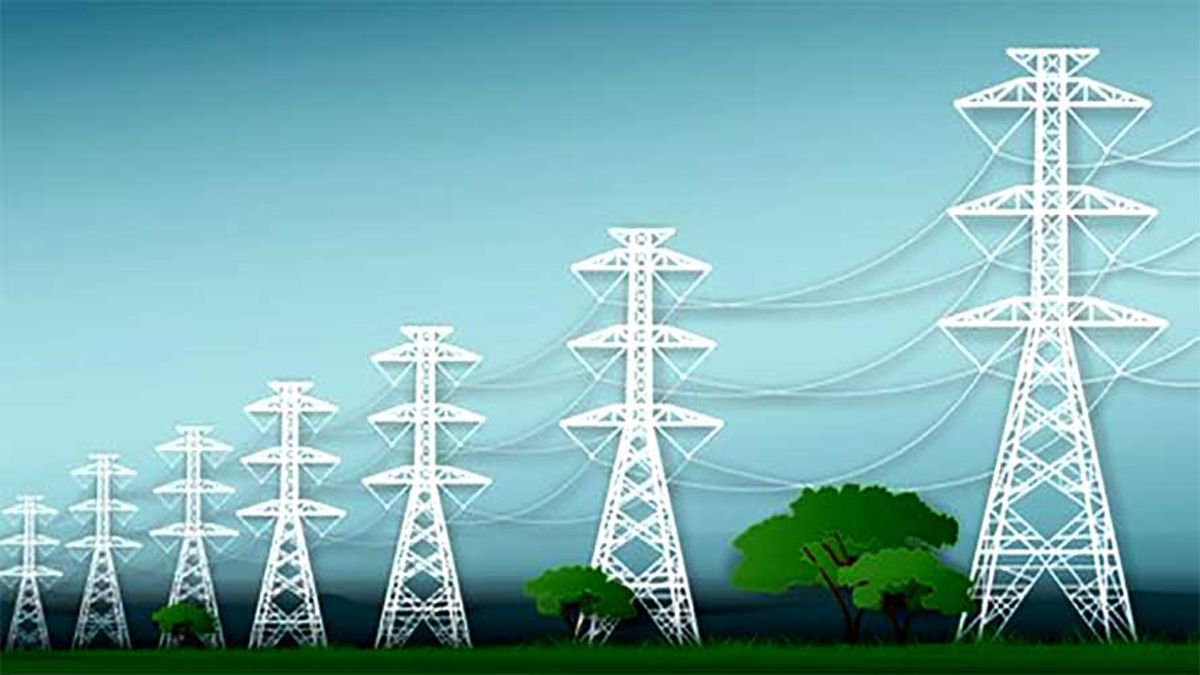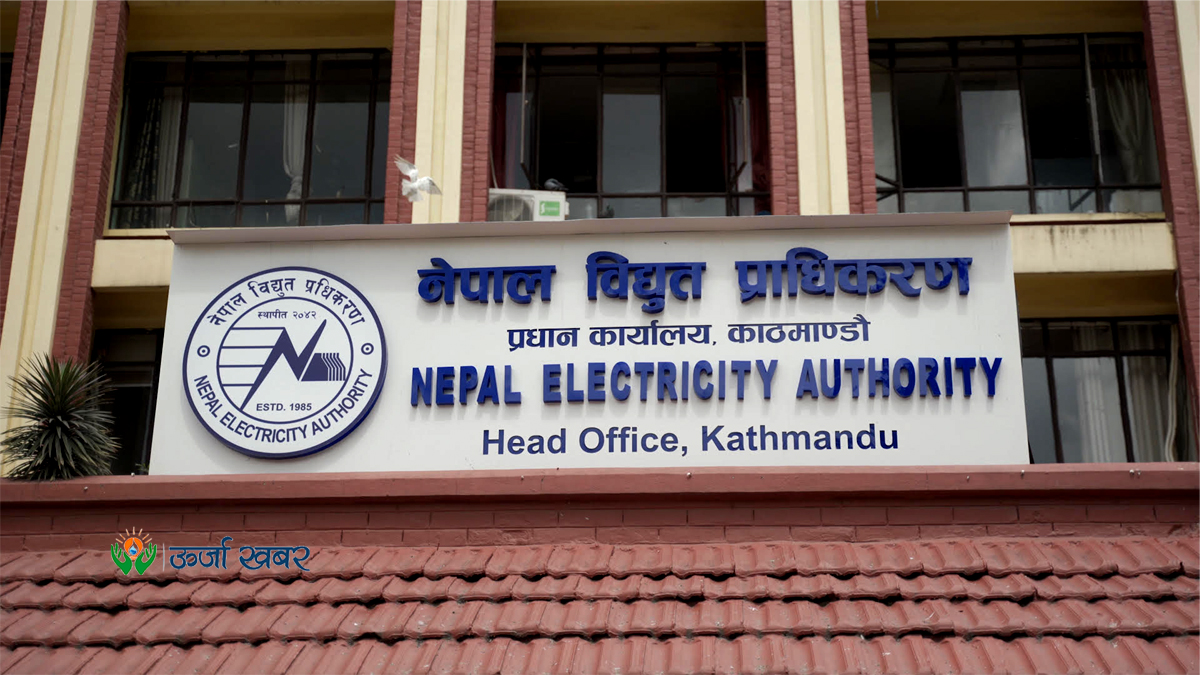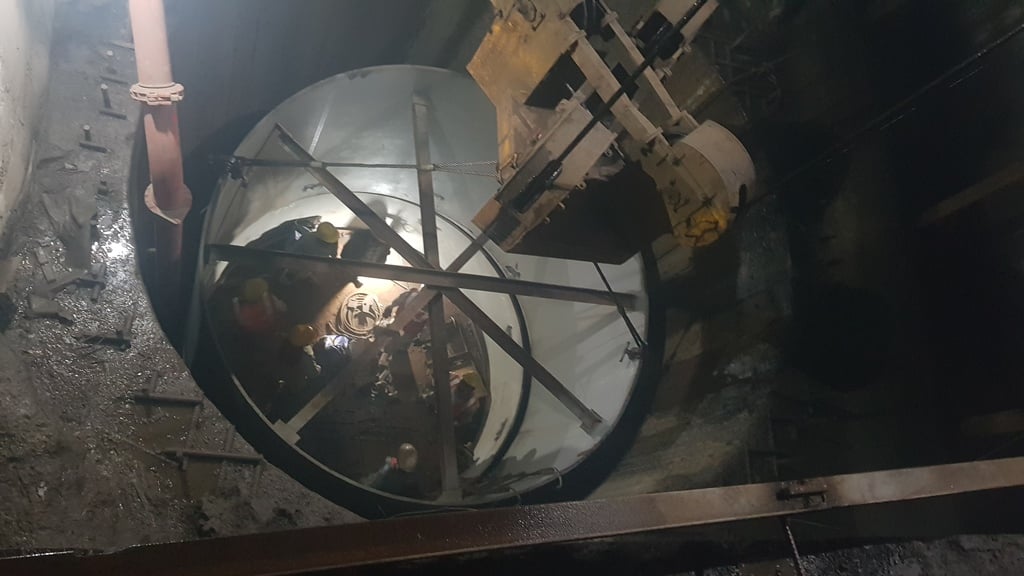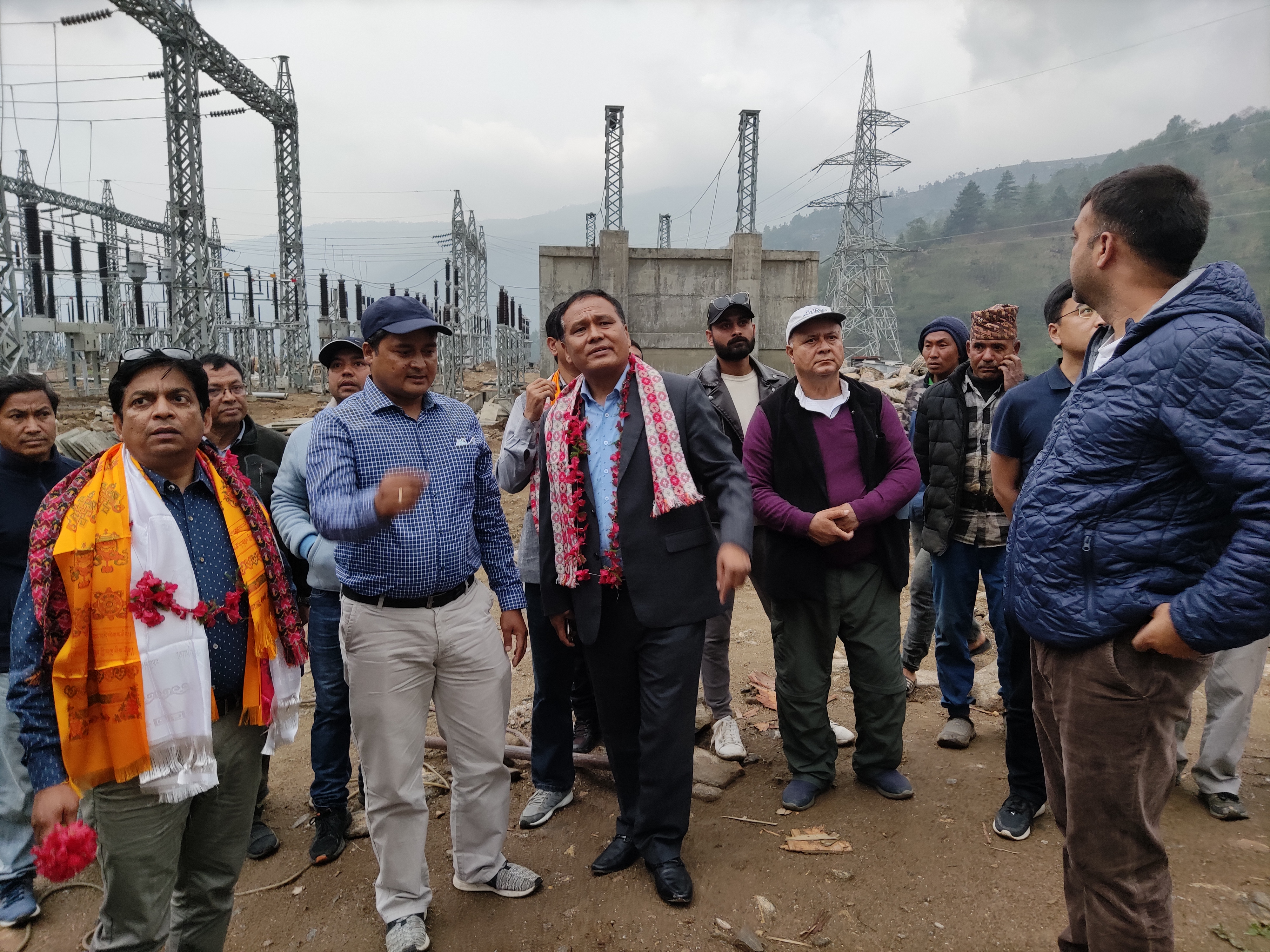Energy Update
Nepal, Bangladesh to discuss power trade, investment in 2 hydel projects

Bilateral power trade and attracting Bangladeshi investment in Nepal’s two hydropower projects will be the agenda for discussions during the high-level bilateral meeting expected to take place between the two countries in July.
Nepal will host the fourth meeting of the joint working group and joint steering committee between the two countries in Kathmandu.

A senior official at the Energy Ministry said that although Nepal proposed to hold the meeting in late June, the Bangladeshi side has requested for pushing the meeting to late July.
“Electricity export and import will be high on the agenda in the context that India also appears keen to assist in promoting regional energy connectivity,” said Madhu Prasad Bhetuwal, joint secretary and spokesperson at the Energy Ministry.

As the southern neighour’s territory lies between Nepal and Bangladesh, electricity trade between Nepal and Bangladesh cannot happen without India’s support.
During the third bilateral meeting of the joint working group and joint steering committee held in September last year, the two countries had agreed to develop a dedicated transmission line by taking India on board.
There, however, has not been any trilateral meeting regarding the issue, according to Bhetuwal.
As per the Joint Vision Statement on Power Sector Cooperation released in early April during Prime Minister Sher Bahadur Deuba’s visit to Delhi, Nepal and India agreed to expand cooperation in power sector by incorporating other partner countries under the Bangladesh, Bhutan, India and Nepal Initiative (BBIN) framework, subject to mutually agreed upon terms and conditions between all involved parties.
“But it is still a bilateral document,” said Bhetuwal. “India has been positive on the issues at multilateral forums such as BBIN and BIMSTEC too.”
BIMSTEC is the short form of Bay of Bengal Initiative for Multi-sectoral Technical and Economic Cooperation.
Currently, there are cross-border transmission lines between Nepal and India and India and Bangladesh. But there are no trilateral arrangements for electricity trade.
“If India helps, there is still a chance for trading of electricity between Nepal and Bangladesh through existing Indian infrastructure too,” said Bhetuwal. “But there has to be trilateral meetings and agreements.”
And India has already expressed its support to the idea of transmission interconnectivity among BIMSTEC member countries.
During the third BIMSTEC Energy Ministers’ Meeting held in Kathmandu in April, member countries approved the establishment of the BIMSTEC Grid Interconnection Coordination Committee to implement the provisions of the
Memorandum of Understanding for establishment of the BIMSTEC Grid Interconnection and its terms of reference.
Bangladesh has already agreed to import 500MW of electricity from the 900MW Upper Karnali Hydropower Project. Indian Company GMR has received the construction licence to develop this project.
Bhetuwal said that Bangladesh has also proposed Nepal to buy Bangladeshi power in the winter, and this would also be the topic of discussion during the proposed bilateral meeting.
Meanwhile, the two countries will also discuss developing two storage type hydropower projects—683MW Sunkoshi-3 Hydropower Project and Khimti Sivalaya Hydropower Project—with Bangladeshi investment, according to Bhetuwal.
When the two sides held a virtual meeting in September last year, they had agreed to work together to explore the possibility of developing the Sunkoshi-3 Hydropower Project with Bangladeshi investment.
As per the ministry’s press statement last year, the Bangladeshi side was supposed to send a team to conduct field visits at the proposed site of the Sunkoshi-3 Hydropower Project by December last year.
But the visit could not take place due to the Covid pandemic, according to Bhetuwal.
The project site straddles Ramechhap and Kavrepalanchok districts.
Its feasibility study has been completed but its Environment Impact Assessment Report has not yet been approved by the Ministry of Forest and Environment.
“The report has been submitted to the Ministry of Forest and Environment,” said Bhetuwal.
Authorities have, however, yet to determine the capacity of the proposed Khimti Sivalaya Hydropower Project to be developed in Dolakha and Ramechhap districts.
“Based on the ongoing feasibility study, its capacity might be in the range of 1100MW to 1720MW,” said Gopi Prasad Sah, information officer at the Department of Electricity Development.
Conversation
- Info. Dept. Reg. No. : 254/073/74
- Telephone : +977-1-5321303
- Email : [email protected]













